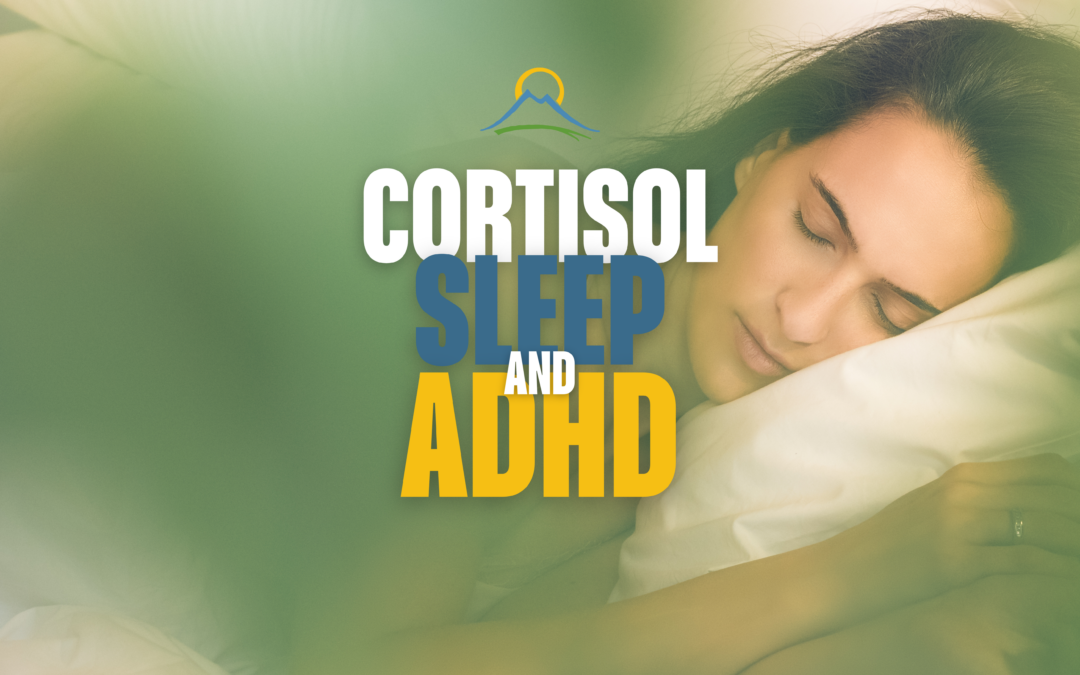Transgender and gender nonconforming (TGNC) youth face many obstacles in modern society. This post will summarize the issues that lead to suicide, attempted suicide, suicidal ideation, and self-harm within the adolescent TGNC population and how to combat these mental health disparities.
Defining Key Terms
First, it is important to define key terms. Gender is a social construct, dividing individuals into predetermined categories of male and female based upon their anatomy (Korell & Lorah, 2007, p. 273). Gender identity is an individual’s sense of their gender regardless of their physiology (Korell & Lorah, 2007, p. 273). Planned Parenthood (2021) has an up-to-date list of terms that defines transgender as, “A general term used to describe someone whose gender identity is different than the sex assigned at birth”.
- Gender nonconforming/non-binary individuals are those whose gender identity cannot be categorized within traditional male or female (binary) gender roles (Planned Parenthood, 2021).
- Those individuals who identify as the sex they were assigned at birth are referred to as cisgender (Planned Parenthood, 2021).
- Gender dysphoria is the mental and emotional distress that an individual can encounter in the dissonance between one’s assigned sex and the lived experience of their gender identity (Allen et al., 2019).
Statistics on Suicidality

Stressors experienced by gender minorities in youth lead to increased mental health disparities (Coyne et al., 2020). Particular stressors include victimization, social pressure, and institutionalized prejudice (Williams et al., 2021, p. 2). A recent study indicates that 28% of individuals who identify as gender minorities experience suicidal ideation and 14.8% attempt suicide (Williams et al., 2021, p. 2). Victimization and mental health difficulties are “3.74 times and 2.67 times higher… than their cisgender, heterosexual counterparts” according to the same study (Williams et al., 2021, p. 14). The link between victimization and self-harm cannot be ignored.
A 2015 study reported that transgender and non-binary (TNB) youth experience a “two- to three-fold increased risk for anxiety, depression, self-harm, suicidal ideation, and suicide attempt” (Coyne et al., 2020, p. 340) when compared with cisgender controls. A National Transgender Discrimination Survey, completed in 2011, found that 78% of the TGNC adults who participated had experienced harassment and discrimination based on their gender identities (Hidalgo et al., 2019). Clearly, the compounding stressors of living in majority cisgender and heteronormative culture take an immense toll on gender minorities.
Additionally, researchers connect rejection by caregivers in youth to suicide attempts (Coyne et al., 2020). A shocking 2012 study reported that 57% of transgender and gender diverse youth whose parents were not affirming had attempted suicide while only 4% of the same population whose parents were affirming attempted suicide. (Puckett et al., 2019). Researchers state that gender dysphoria and inaccessibility to affirming medical treatments also lead TGNC youth toward suicidal thoughts and behaviors (Williams et al., 2021). There is consistent discrimination experienced by TGNC clients within the fields of mental health and health care, including “a lack of competent and affirmative care” among professionals who should be well-educated in these areas (Austin et al., 2018, p. 2).
Minimizing Stressors and Building Resilience
Research shows that clinical interventions should include both minimizing subjection to stressors and increasing opportunities to build resilience (Coyne et al. 2020). A beneficial place to start is psychoeducation for TGNC youth and their caregivers. Cognitive restructuring, assertive communication, and emotion regulation are key skills to be learned and leveraged. Affirming support from caregivers, peers, and family members, as well as community involvement with other TGNC youth through school groups, support groups, mentor programs, or social media platforms, are shown to be effective ways to build resiliency (Coyne et al. 2020).
Divergent from traditional models that would pathologize, educated clinicians now emphasize authenticity, wholeness, and well-being with their TGNC clients (Coyne et al., 2020). Affirmative mental health care for TGNC youth helps individuals to understand their identity within the context of a dominant society that is heteronormative and cisgender (Austin et al., 2018). Research suggests that gender affirming hormones (GAH) and gender confirmation surgery (GCS) can reduce gender dysphoria and improve the quality of life for transgender youth (Allen et al., 2019). Youth suffering from gender dysphoria have shown decreased suicidality and increased well-being after being treated with GAH. Transgender individuals thrive and have a more positive life experience when treated with gender affirming care (Allen et al., 2019).
Conclusion

The rate of suicide attempts among transgender individuals is one of the highest of any minority group, they are grossly overrepresented (Dickey & Budge, 2020). Many factors contribute to this including minority stress, institutional oppression, unsupportive families, and lack of access to affirming mental health and health care. For this to change, several initiatives must begin: minimizing stressors, large-scale education measures, policy revisions and protections, affirming mental health and healthcare efforts, and a cultural shift toward valuing and supporting to humanity of our transgender and gender nonconforming population.
References
- Allen, L. R., Watson, L. B., Egan, A. M., & Moser, C. N. (2019). Well-being and suicidality among transgender youth after gender-affirming hormones. Clinical Practice in Pediatric Psychology, 7(3), 302–311. https://doi.org/10.1037/cpp0000288
- Austin, A., Craig, S. L., & D’Souza, S. A. (2018). An AFFIRMative cognitive behavioral intervention for transgender youth: Preliminary effectiveness. Professional Psychology: Research and Practice, 49(1), 1–8. https://doi.org/10.1037/pro0000154
- Coyne, C. A., Poquiz, J. L., Janssen, A., & Chen, D. (2020). Evidence-based psychological practice for transgender and non-binary youth: Defining the need, framework for treatment adaptation, and future directions. Evidence-Based Practice in Child & Adolescent Mental Health, 5(3), 340–353. https://doi.org/10.1080/23794925.2020.1765433
- Dickey, L. M., & Budge, S. L. (2020). Suicide and the transgender experience: A public health crisis. American Psychologist, 75(3), 380–390. https://doi.org/10.1037/amp0000619
- Hidalgo, M. A., Petras, H., Chen, D., & Chodzen, G. (2019). The gender minority stress and resilience measure: Psychometric validity of an adolescent extension. Clinical Practice in Pediatric Psychology, 7(3), 278–290. https://doi.org/10.1037/cpp0000297
- Korell, S. C. & Lorah, P. (2007). An overview of affirmative psychotherapy and counseling with transgender clients. In K. J. Bieschke, R. M. Perez, & K. A. DeBord (Eds.). Handbook of counseling and psychotherapy with lesbian, gay, bisexual, and transgender clients (2nded., pp. 271-293). American Psychological Association.
- Planned Parenthood. (2021).Transgender identity terms and labels. https://www.plannedparenthood.org/learn/gender-identity/transgender/transgender-identity-terms-and-labels
- Puckett, J. A., Matsuno, E., Dyar, C., Mustanski, B., & Newcomb, M. E. (2019). Mental health and resilience in transgender individuals: What type of support makes a difference? Journal of Family Psychology, 33(8), 954–964. https://doi.org/10.1037/fam0000561
- Williams, A. J., Jones, C., Arcelus, J., Townsend, E., Lazaridou, A., & Michail, M. (2021). A systematic review and meta-analysis of victimisation and mental health prevalence among LGBTQ+ young people with experiences of self-harm and suicide. PLoS ONE, 16(1), 1–26. https://doi.org/10.1371/journal.pone.0245268









0 Comments